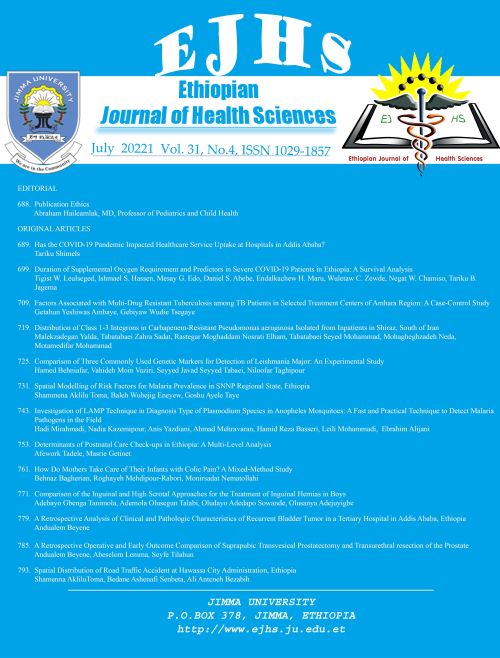Main Article Content
Comparison of the Inguinal and High Scrotal Approaches for the Treatment of Inguinal Hernias in Boys
Abstract
BACKGROUND፡ The conventional groin incision herniotomy is still being adhered to despite high success rate of high scrotal approach. Hence, the aim of this study was to compare the outcomes of high scrotal and conventional approaches for the treatment of inguinal hernia in boys.
METHODS: A prospective study of 100 boys with 108 inguinal hernias whose ages were less than 15 years. They were randomized into 2 groups; high scrotal and conventional approaches. Ninety-four patients with 101 hernias were analyzed. The operative time, conversion rate (high scrotal approach), and postoperative complications were reported.
Results: A total of 100 boys with 108 hernias were enrolled but 94 patients with 101 hernias were analyzed. They comprised of 48 patients with 51 hernias in the high scrotal group and 46 patients with 50 hernias in the conventional group. Their age range was between 2 months and 168 months with a mean of 47.9 ± 46.7 months. The conversion rate of high scrotal approach was 1.9%. The mean duration of operation in the high scrotal group was 37.1 ± 13.3 minutes compared with 37.2 ± 15.1 minutes in the conventional group, p = 0.982. Early postoperative scrotal edema was more in the high scrotal group compared to the conventional group, p =0.018. The Hollander wound evaluation score was better in the high scrotal incision compared to the conventional approach, p = 0.003.
CONCLUSION: The high scrotal approach may be an alternative to conventional herniotomy in boys.






